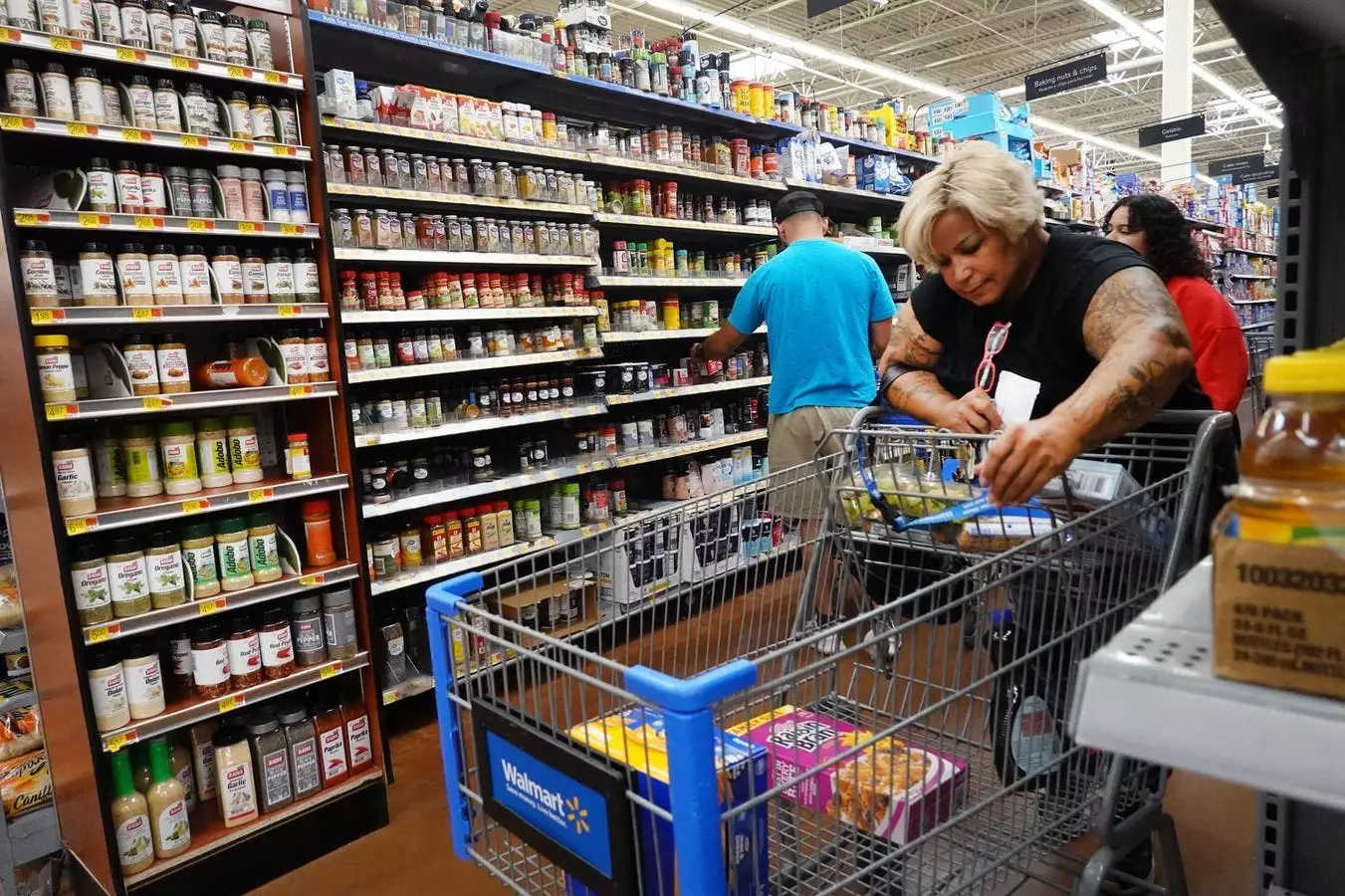The U.S. food and beverage sector is experiencing a noteworthy surge in mergers and acquisitions (M&A) activity, a trend that is mirrored in global markets. Recent findings from a PitchBook report have highlighted a robust interest in private equity (PE) investments within the fast-evolving food and beverage consumer packaged goods (CPG) space. With high-profile deals, such as PepsiCo’s acquisition of Siete Foods for $1.2 billion and Keurig Dr Pepper’s notable investment in Ghost Energy, the atmosphere is undeniably optimistic. As 2024 approaches, the industry is projected to see deal numbers soaring, potentially matching the peak observed in 2021, with alcohol, baked goods, and celebrity brands leading the charge.
Despite these positive indicators, caution is warranted. Observers are keenly aware of the potential implications of impending tariffs and the shift in economic policies anticipated under President-elect Donald Trump’s second term. With a proposed increase in tariffs on crucial imports from China and other nations, there’s a palpable concern that such changes could influence investor sentiments, particularly impacting brands that rely on international supply chains.
The proposed tariff hikes—exceeding 60% for Chinese goods and up to 20% on other imports—could fundamentally alter the operational landscape for many U.S.-based food and beverage companies. Analysts, including PitchBook’s senior emerging technology analyst Alex Frederick, warn that these measures might dissuade investment in import-dependent brands while providing a competitive edge to those utilizing domestic sourcing. This shift could lead to a recalibration within the sector as businesses adapt to increased production costs and seek to align themselves with the newly emerging trends.
The anticipated changes in the labor market linked to Trump’s immigration policies pose additional challenges. The combination of rising production costs and potential labor shortages could drastically affect supply chains, leading to either constrained availability of products or escalated prices at consumer points of sale. As Frederick pointedly notes, these market dynamics may incentivize consumers to lean towards budget-friendly alternatives or private-label brands in an effort to manage their spending.
Amidst these external pressures, there is a notable shift toward sustainability and health-conscious purchasing among consumers. The influence of public figures advocating for healthier lifestyle choices, such as Robert F. Kennedy Jr., who is set to lead the Department of Health and Human Services, has prompted a surge in interest in eco-friendly and health-oriented products. Initiatives aimed at addressing chronic health issues prevalent in American diets are changing consumer expectations around food ingredients, driving demand for cleaner and more ethically sourced options.
As the food and beverage market navigates shifting consumer trends, the importance of strategic decision-making for CPG brands only intensifies. Frederick recommends a proactive approach in analyzing profitability across various sales channels—be it through direct-to-consumer strategies, retail partnerships, or online marketplaces like Amazon. Identifying high-margin products and optimizing sales performances could be crucial for startups wanting to carve out a niche in this competitive environment.
To capitalize on the positively shifting landscape, Frederick underscores a need for a multi-faceted investment strategy, particularly for CPG brands eager to attract funding. Companies must prioritize creating high-margin products and continually assess their operational efficiency. This includes evaluating minimum order quantities and cost structures—imperative steps that could lead to improved cash flow and profitability, especially in challenging economic climates.
Data-driven decision-making remains at the forefront of Frederick’s recommendations. Today’s unprecedented access to consumer data presents a rare opportunity for companies to refine their strategies based on real-time analytics. This insight allows brands to make informed choices regarding pricing strategies, product offerings, and marketing efforts, ensuring they remain competitive and relevant.
While the U.S. food and beverage sector is presently buoyed by a robust investment climate, significant hurdles loom in the form of potential tariff implementations and labor shortages. As brands race to adapt to evolving consumer tastes for sustainability and wellness, the need for strategic agility becomes paramount. Companies that can not only weather these storms but also harness the opportunities for growth—through data utilization and market adaptation—will likely emerge stronger in a landscape marked by both promise and unpredictability. In this dynamic environment, success depends not only on recognizing current trends but also on preparing for the uncertainties that lie ahead.


Leave a Reply